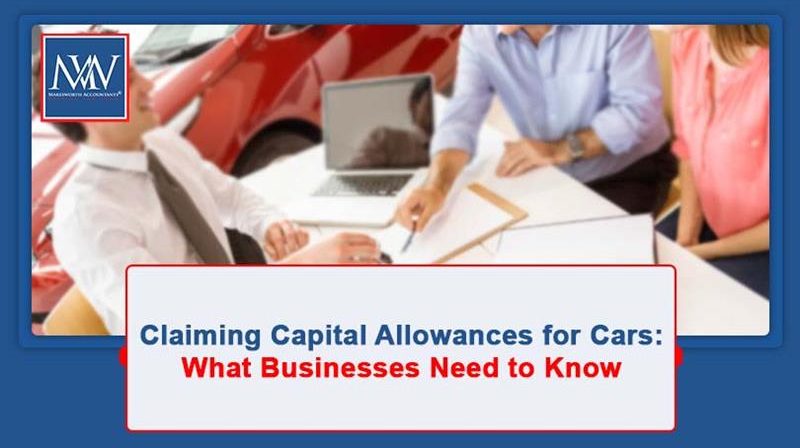
Claiming Capital Allowances for Cars: What Businesses Need to Know
Understanding the Basics
When it comes to claiming capital allowances, cars are treated differently from other business assets. Although business owners can claim capital allowances on cars used for business purposes, sole traders and partners also have the option of using the simplified expenses method instead.
It’s important to note that if you’re using the cash basis for accounting, you can’t claim the full cost of the car in the year of purchase. This is due to specific restrictions under cash basis capital expenditure rules.
Why Cars Don’t Qualify for AIA
Unlike many other business assets, cars do not qualify for the Annual Investment Allowance (AIA). This means you can’t write off the full purchase cost of a car in the year it’s bought—even if you haven’t used up your AIA limit (currently £1 million).
The only exceptions are for certain eco-friendly vehicles that meet the criteria for first-year allowances.
Full Expensing and the 50% First-Year Allowance: Not an Option for Cars
Companies often benefit from full expensing or the 50% first-year allowance for qualifying plant and machinery. However, cars are excluded from both of these reliefs unless they meet specific low-emission criteria that qualify them for a 100% first-year allowance.
100% First-Year Allowance for New Electric Cars
There is good news for businesses investing in sustainability: brand-new electric cars qualify for a 100% first-year allowance. This allows companies and sole traders to deduct the entire cost in the year of purchase.
However, this benefit only applies to new electric cars. If you purchase a second-hand electric vehicle, it will not qualify for the 100% allowance. Instead, you’ll need to claim writing down allowances.
How Writing Down Allowances Works
If you can’t claim a first-year allowance and haven’t opted for simplified expenses, you can claim writing down allowances (WDAs). The rate depends on the car’s CO2 emissions:
- 18% main rate for cars (new or second-hand) with CO2 emissions of 50g/km or less, including second-hand electric cars.
- 6% special rate for cars with emissions over 50g/km.
Adjustments for Personal Use
If the car is used for both business and private purposes, you can only claim capital allowances for the business-use portion.
Example:
If a sole trader uses a car 60% for business and 40% for personal use, they can only claim 60% of the allowable capital allowance. The private use portion must be excluded from the claim.
Should You Use Simplified Expenses Instead?
Sole traders and partnerships (but not limited companies) may choose to use simplified expenses instead of claiming capital allowances. This method lets you deduct a fixed mileage rate:
- 45p per mile for the first 10,000 business miles
- 25p per mile for additional miles
Note: You must choose between simplified expenses and capital allowances; you cannot use both for the same car.
Final Thought
Cars are a unique category when it comes to business tax relief. The method you choose to claim allowances can significantly affect your tax liability, so it’s important to understand your options and select the one that aligns with your business type and usage patterns.
Partner Note: CAA 2001, ss. 45D, 104A, 104AA, 268A, 268B, and 268C.
Need Accountancy Support?
For information on bespoke training, or if you have any other questions for Makesworth Accountant, please fill in your details below






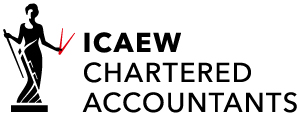
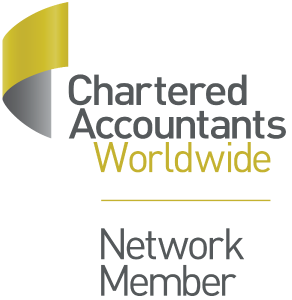
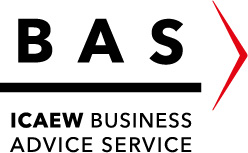

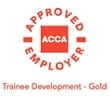
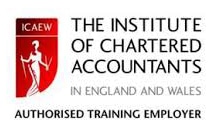

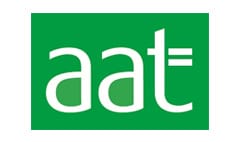
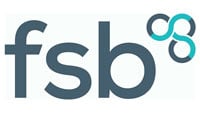

 151
151